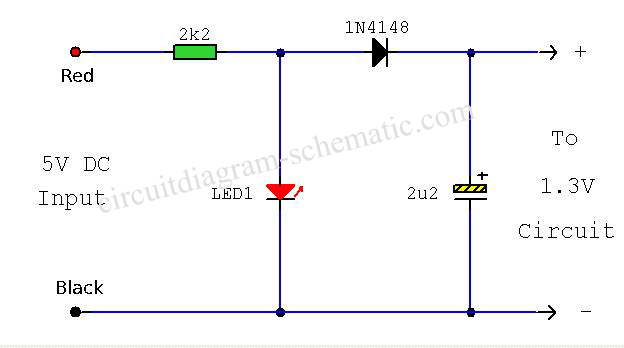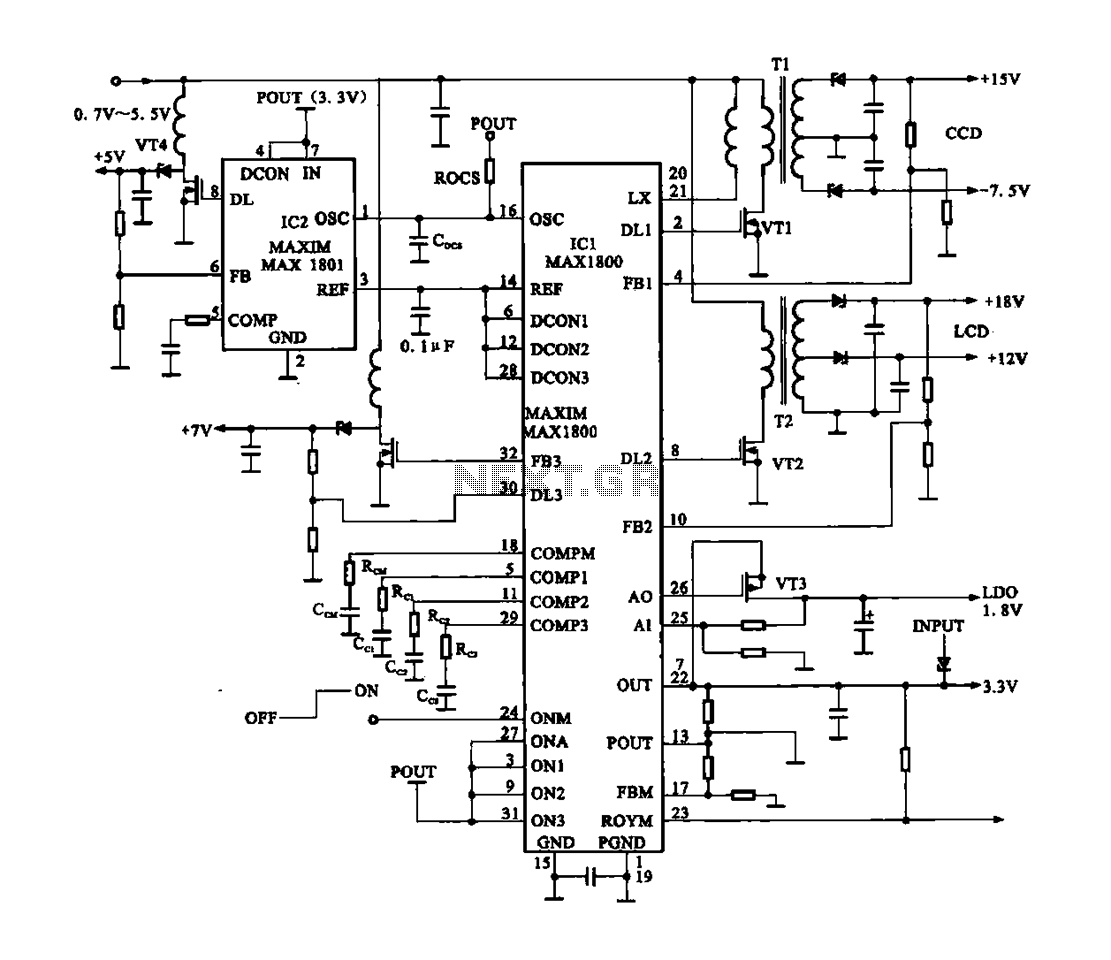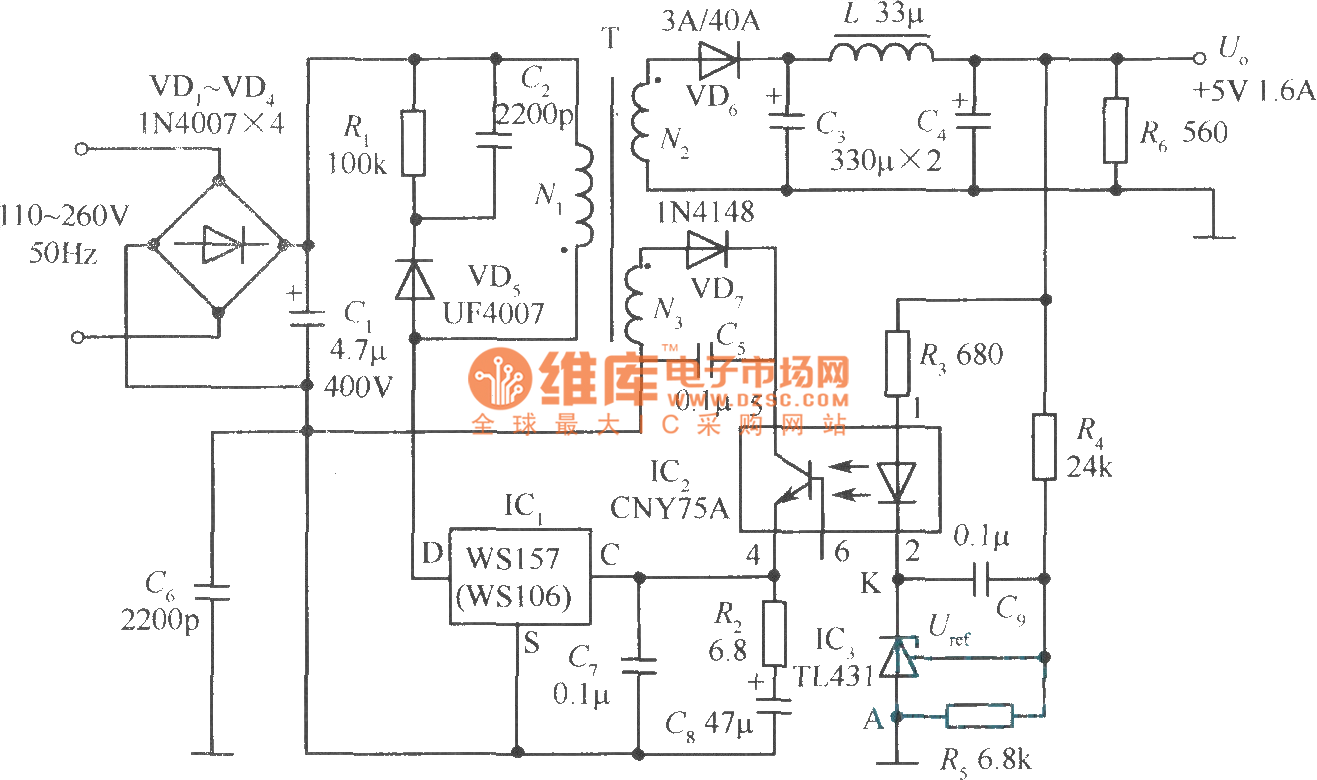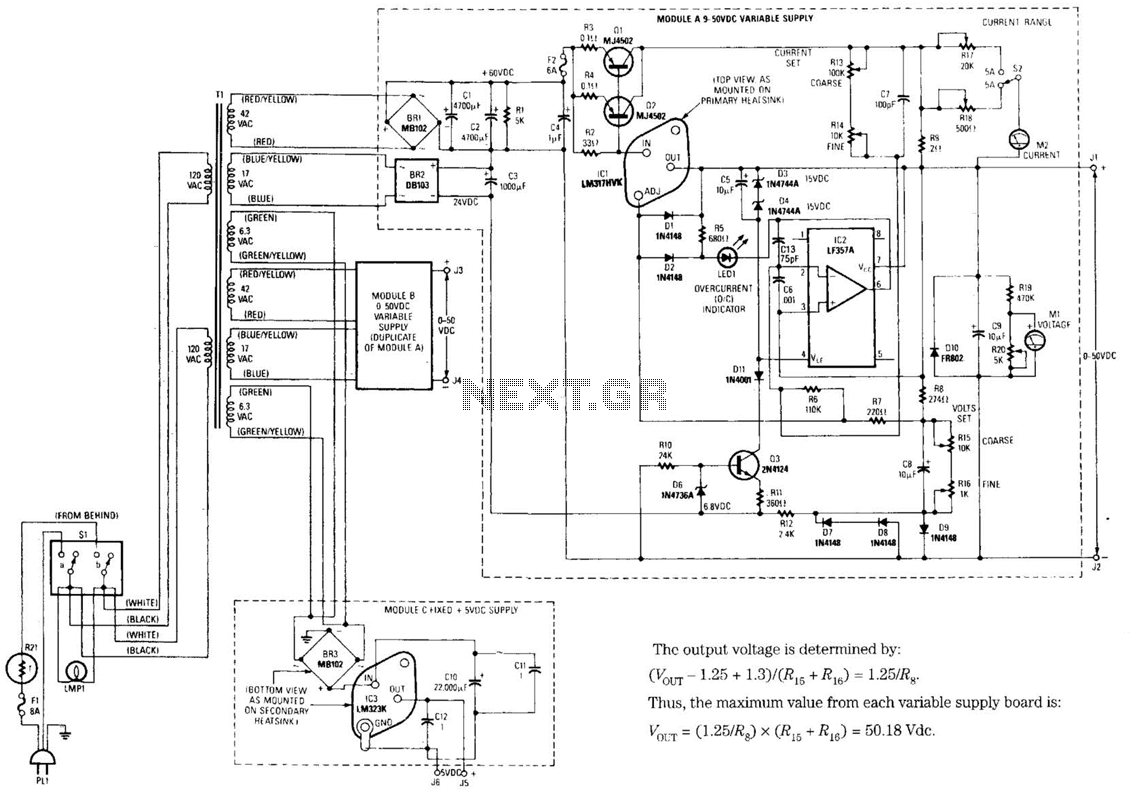
Complete SS Laser Power Supply Schematics
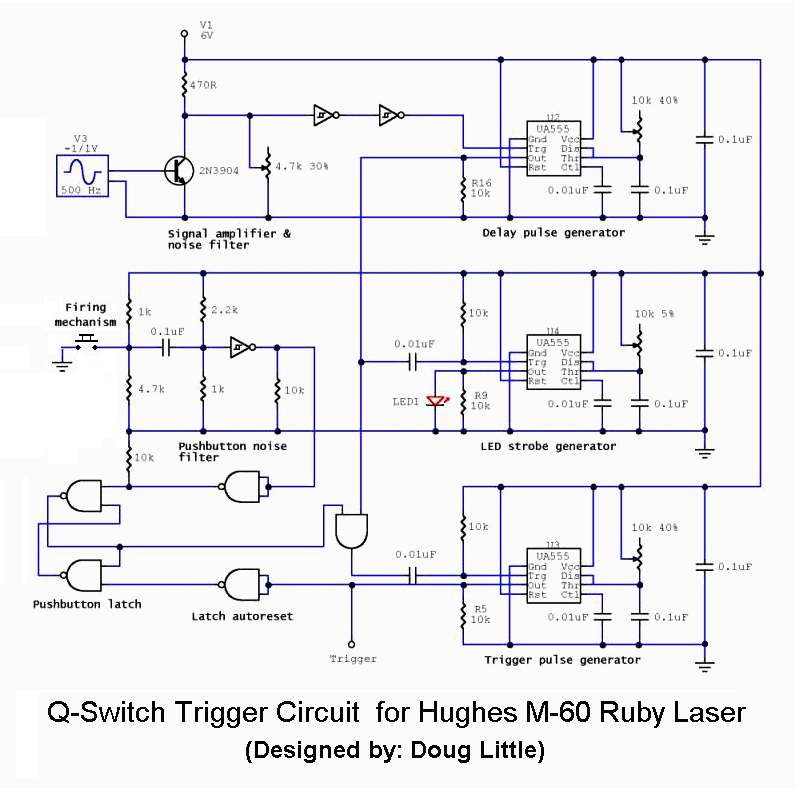
This chapter contains circuit diagrams for several power supplies for pulsed solid-state lasers. These include units suitable for driving the popular Hughes ruby and YAG rangefinder laser assemblies, one utilizing the flash from a disposable pocket camera, and a high-energy flashlamp power supply for an 8-inch long surplus NOVA laser rod. The pulse forming network significantly influences the performance of a pulsed solid-state laser, allowing for considerable flexibility in the design of the capacitor charger and trigger circuits. Systems intended for other applications can often be adapted for solid-state laser power supplies. The chapter on SS Laser Power Supplies provides more information, and the schematics can be easily modified for larger, smaller, or different types of solid-state lasers. WARNING: All of these systems are potentially lethal, with varying degrees of danger. It is crucial to thoroughly read, understand, and adhere to the laser and electrical safety guidelines provided in this document before considering the construction or approach to one of these systems. PFN1 (manufacturer and model unidentified) consists of a 36 µF, 950 V energy storage capacitor, a 0.03 mH inductor, an automatic bleeder circuit, and various connectors. The capacitor is marked with its rating, but the inductor's value was determined through a ring test using a separate high-Q 1 µF capacitor. PFN1 was likely originally intended for use with the SSY1 laser head. The maximum useful energy delivered to the flashlamp is approximately 14 to 15 J when charged to just over 900 V. Pulse Forming Network 1 illustrates the assembly with major components labeled. This unit was available from Meredith Instruments. When used without modification, the combination of the 36 µF capacitor and 0.03 mH inductor will yield a pulse duration of 50 to 100 µs, depending on other circuit parameters, likely closer to 100 µs in practice. This duration is well matched to a Nd:YAG rod, where 15 J should suffice to reach the threshold for a 50 mm x 4 mm Nd:YAG rod, which is presumably the intended application, and is more than adequate for a 25 mm rod. The capacitor in PFN1 is a high-quality non-electrolytic type, possibly a polyester film capacitor, with an Equivalent Series Resistance (ESR) of around 0.02 Ohm, significantly lower than the nearly 1 Ohm of electrolytic photoflash capacitors with similar ratings. The low ESR is critical for achieving the required short pulse duration at reasonable efficiency, maximizing energy transfer to the flashlamp. This power supply appears well-suited for a small military Nd:YAG laser used in rangefinding, target designators, or illuminators. Typically, these lasers operate on batteries or on-board DC power lines, with pulse repetition rates around 10 pps. Power to charge the capacitor is usually supplied by a DC-to-AC converter, step-up transformer, high-voltage rectifier, PFN, and a parallel trigger circuit. Another commonly used military power supply operates on the principle of a flyback DC-AC converter. The calculated pulse width of the lamp aligns well with Nd:YAG's fluorescent lifetime of 230 µs, making this pulse width ideal for maximum energy transfer. PFN1-SCH - Pulse Forming Network 1 includes the 36 µF energy storage capacitor, pulse shaping inductor, automatic bleeder circuit, and various connectors, wires, and a potentiometer. The automatic bleeder circuit should be preserved even if the additional wiring and potentiometer are removed.
The power supply design presented in this chapter is crucial for applications requiring precise energy delivery in pulsed solid-state lasers. The flexibility of the design allows for modifications to accommodate various laser types and configurations, enhancing the versatility of the power supply. The focus on safety highlights the inherent risks associated with high-voltage systems, underscoring the importance of adhering to established safety protocols. The use of high-quality components, such as the low ESR capacitor, is essential for optimizing performance and ensuring reliability in demanding applications. The discussion of energy transfer efficiency and pulse duration further emphasizes the intricacies involved in designing effective power supplies for solid-state lasers. Overall, this chapter serves as a comprehensive guide for engineers and technicians involved in the development and adaptation of laser power supply systems, providing essential insights into both the theoretical and practical aspects of circuit design.This chapter contains circuit diagrams for several power supplies for pulsed solid state lasers. These include units suitable for driving the popular Hughes ruby and YAG rangefinder laser assemblies as well, one using the flash from a disposable pocket camera, and a high energy flashlamp power supply for that 8 inch long surplus NOVA laser rod you have been saving. :) The pulse forming network is what determines the performance of a pulsed solid state laser. Thus, there is a great deal of flexibility in the design of the capacitor charger and trigger circuits. Systems designed for other applications can often be adapted for solid state laser power supplies. See the chapter: SS Laser Power Supplies for more information. And the schematics in this chapter can be easily modified for larger, smaller, or different types of solid state lasers.
WARNING: All of these systems are potentially lethal - some just more lethal than others. Hey, but when you`re dead, it probably doesn`t matter how well done you are. Before even thinking about building or going near one of these systems, make sure you have thoroughly read, understand, and follow the laser and electrical safety guideline provided elsewhere in this document! PFN1 (manufacturer and model unidentified) is a combination of a 36 uF, 950 V energy storage capacitor, .
03 mH inductor, automatic bleeder circuit, and various connectors and other stuff. The capacitor is marked with its rating but the inductor is not and its value was determined by performing a `ring test` using both a separate high-Q 1 uF capacitor and then the one in the PFN. The original application for PFN1 was most likely to be used with the SSY1 laser head (see the section: A Small Nd:YAG Laser - SSY1 ).
The maximum useful energy into the flashlamp is around 14 to 15 J when charged to just over 900 V. Pulse Forming Network 1 shows the assembly with major components labeled. This unit is/was available from Meredith Instruments. When used without modification, the combination of the 36 uF capacitor and 0. 03 mH inductor will result in a 50 to 100 us pulse duration (dependent on other circuit parameters, probably closer to 100 us in practice). This is quite well matched to a Nd:YAG rod. With a well designed cavity, 15 J should be enough to threshold a 50 mm x 4 mm Nd:YAG rod (which is what it apparently was intended to pump) and considerably more than enough for a 25 mm rod.
Note that the capacitor in PFN1 is a very high quality non-electrolytic type. It may be a Polyester film capacitor with an ESR (Equivalent Series Resistance) of around 0. 02 Ohm (compared to almost 1 Ohm for a combination of electrolytic photoflash caps with the same uF and V ratings). The extremely low ESR is essential to achieve the required short pulse duration at reasonable efficiency (i.
e. , maximizing energy transfer to the flashlamp) or at all. This power supply does sound right on the money for a small military Nd:YAG laser, as used in rangefinding, target designators, or illuminators. Typically these lasers are designed to run off of batteries or on-board DC power lines. Typical pulse repetition rates for these systems are on the order of 10 pps and power to charge the cap is usually provided by a DC-to-AC converter, step-up transformer, HV rectifier, PFN, and a parallel trigger circuit.
Another much used military PSU operates on the principle of a flyback DC-AC converter. Your calculations as to the pulse width of the lamp sound just about right. With Nd:YAG`s fluorescent lifetime being 230 us, this pulse width would make perfect sense for maximum energy transfer. PFN1-SCH - Pulse Forming Network 1. This includes the 36 uF energy storage capacitor, pulse shaping inductor, automatic bleeder circuit, and various (useless) connectors, wires, and a pot.
:) The automatic bleeder circuit is something that really should be kept intact even if the useless wiring and that pot are rem 🔗 External reference
The power supply design presented in this chapter is crucial for applications requiring precise energy delivery in pulsed solid-state lasers. The flexibility of the design allows for modifications to accommodate various laser types and configurations, enhancing the versatility of the power supply. The focus on safety highlights the inherent risks associated with high-voltage systems, underscoring the importance of adhering to established safety protocols. The use of high-quality components, such as the low ESR capacitor, is essential for optimizing performance and ensuring reliability in demanding applications. The discussion of energy transfer efficiency and pulse duration further emphasizes the intricacies involved in designing effective power supplies for solid-state lasers. Overall, this chapter serves as a comprehensive guide for engineers and technicians involved in the development and adaptation of laser power supply systems, providing essential insights into both the theoretical and practical aspects of circuit design.This chapter contains circuit diagrams for several power supplies for pulsed solid state lasers. These include units suitable for driving the popular Hughes ruby and YAG rangefinder laser assemblies as well, one using the flash from a disposable pocket camera, and a high energy flashlamp power supply for that 8 inch long surplus NOVA laser rod you have been saving. :) The pulse forming network is what determines the performance of a pulsed solid state laser. Thus, there is a great deal of flexibility in the design of the capacitor charger and trigger circuits. Systems designed for other applications can often be adapted for solid state laser power supplies. See the chapter: SS Laser Power Supplies for more information. And the schematics in this chapter can be easily modified for larger, smaller, or different types of solid state lasers.
WARNING: All of these systems are potentially lethal - some just more lethal than others. Hey, but when you`re dead, it probably doesn`t matter how well done you are. Before even thinking about building or going near one of these systems, make sure you have thoroughly read, understand, and follow the laser and electrical safety guideline provided elsewhere in this document! PFN1 (manufacturer and model unidentified) is a combination of a 36 uF, 950 V energy storage capacitor, .
03 mH inductor, automatic bleeder circuit, and various connectors and other stuff. The capacitor is marked with its rating but the inductor is not and its value was determined by performing a `ring test` using both a separate high-Q 1 uF capacitor and then the one in the PFN. The original application for PFN1 was most likely to be used with the SSY1 laser head (see the section: A Small Nd:YAG Laser - SSY1 ).
The maximum useful energy into the flashlamp is around 14 to 15 J when charged to just over 900 V. Pulse Forming Network 1 shows the assembly with major components labeled. This unit is/was available from Meredith Instruments. When used without modification, the combination of the 36 uF capacitor and 0. 03 mH inductor will result in a 50 to 100 us pulse duration (dependent on other circuit parameters, probably closer to 100 us in practice). This is quite well matched to a Nd:YAG rod. With a well designed cavity, 15 J should be enough to threshold a 50 mm x 4 mm Nd:YAG rod (which is what it apparently was intended to pump) and considerably more than enough for a 25 mm rod.
Note that the capacitor in PFN1 is a very high quality non-electrolytic type. It may be a Polyester film capacitor with an ESR (Equivalent Series Resistance) of around 0. 02 Ohm (compared to almost 1 Ohm for a combination of electrolytic photoflash caps with the same uF and V ratings). The extremely low ESR is essential to achieve the required short pulse duration at reasonable efficiency (i.
e. , maximizing energy transfer to the flashlamp) or at all. This power supply does sound right on the money for a small military Nd:YAG laser, as used in rangefinding, target designators, or illuminators. Typically these lasers are designed to run off of batteries or on-board DC power lines. Typical pulse repetition rates for these systems are on the order of 10 pps and power to charge the cap is usually provided by a DC-to-AC converter, step-up transformer, HV rectifier, PFN, and a parallel trigger circuit.
Another much used military PSU operates on the principle of a flyback DC-AC converter. Your calculations as to the pulse width of the lamp sound just about right. With Nd:YAG`s fluorescent lifetime being 230 us, this pulse width would make perfect sense for maximum energy transfer. PFN1-SCH - Pulse Forming Network 1. This includes the 36 uF energy storage capacitor, pulse shaping inductor, automatic bleeder circuit, and various (useless) connectors, wires, and a pot.
:) The automatic bleeder circuit is something that really should be kept intact even if the useless wiring and that pot are rem 🔗 External reference
Warning: include(partials/cookie-banner.php): Failed to open stream: Permission denied in /var/www/html/nextgr/view-circuit.php on line 713
Warning: include(): Failed opening 'partials/cookie-banner.php' for inclusion (include_path='.:/usr/share/php') in /var/www/html/nextgr/view-circuit.php on line 713
